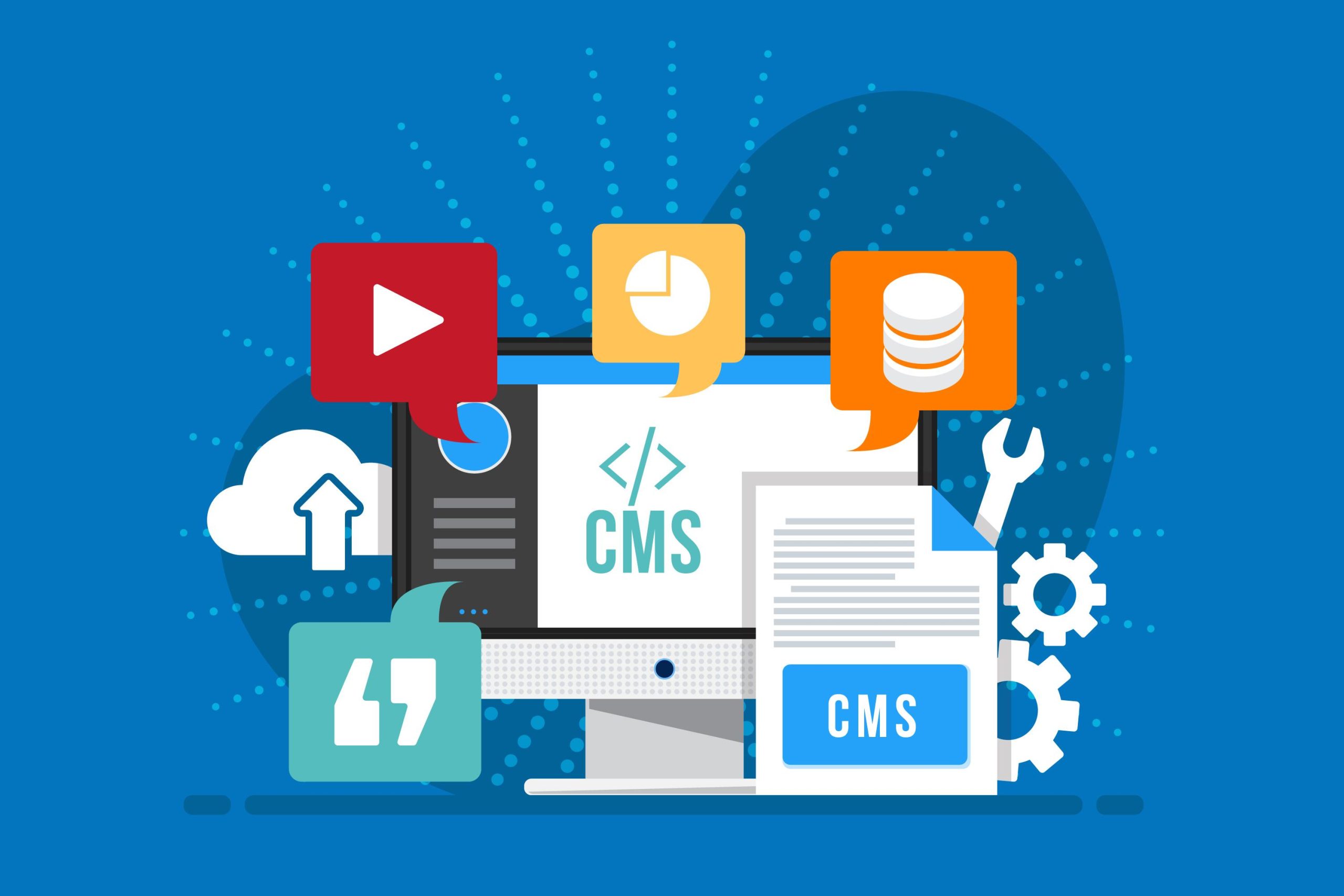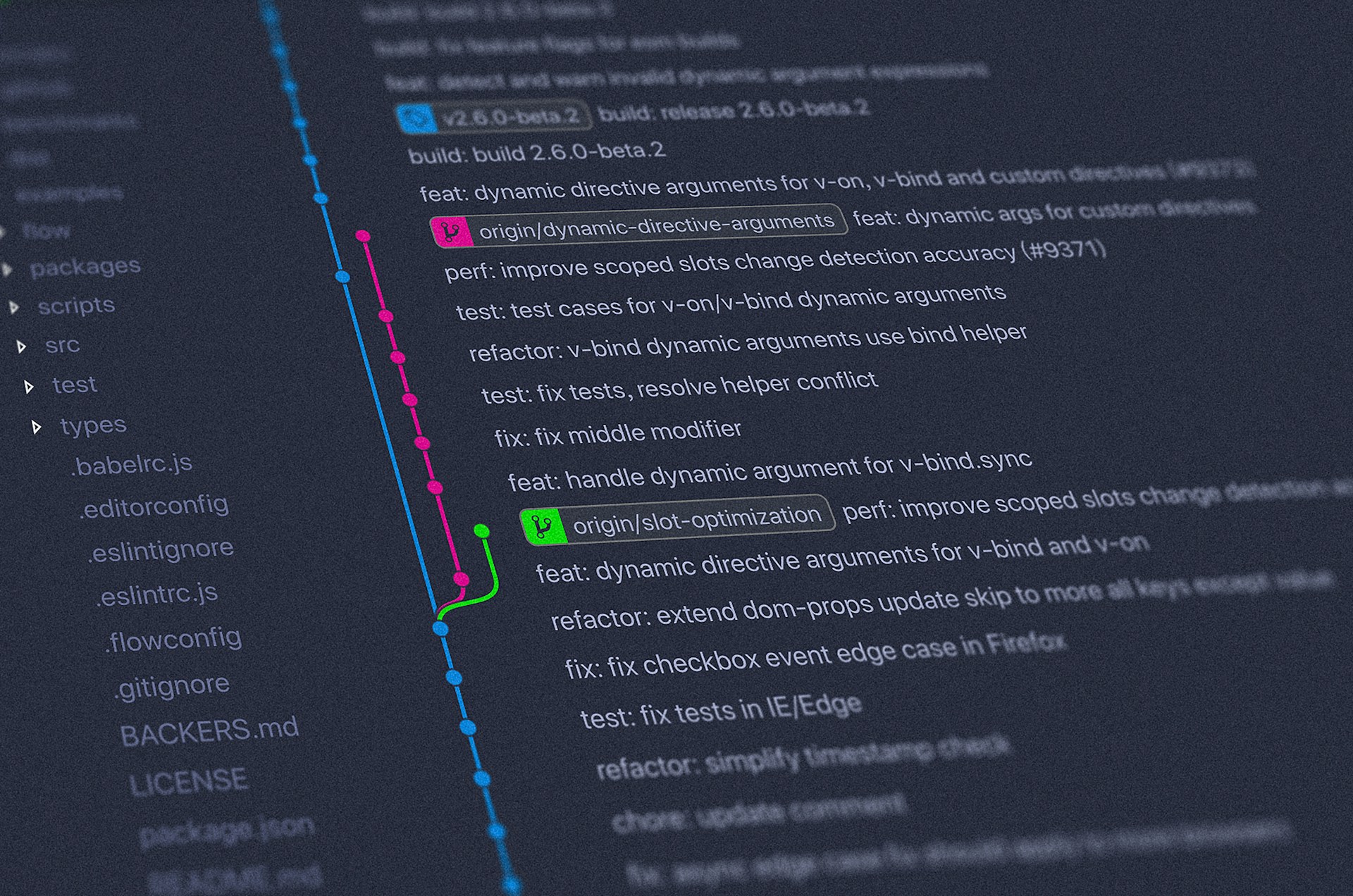4 Ways to Strengthen Your Digital Learning Strategy
EdTech has gained momentum over the past few years. Technologies such as massive open online courses (MOOCs), learning experience platforms, adaptive learning, and microlearning have changed education for good.
The impact of these technologies on corporate training is immense. Instead of pricey on-site and instructor-led training programs, many companies have shifted to digital learning.
When implemented strategically, digital learning benefits your business in multiple ways. It strengthens the company culture, boosts employee engagement, and maximizes retention.
In this article, you will learn about four vital components of any successful digital learning strategy.
- Adapt the Digital Learning Plan to Employee Needs
Your employees already have a lot on their plates, from the use of multiple tools to handling day-to-day responsibilities. While acquiring new skills is a great career opportunity, digital learning can also be stressful for your staff.
Employers often fail to understand that. They purchase an extensive digital learning library, hoping it has something for everyone. However, such a broad learning initiative lacks a clear plan and focus. Just because your digital knowledge base has 20,000 books does not mean your staff will read them.
That is why you should focus on employees’ specific needs and knowledge levels. To keep employees engaged, serve the right amount of content in the right place at the right time.
For example, instead of providing them with eBooks to read, why not shift to shorter and more engaging content formats, such as video-based lessons? Apart from boosting the satisfaction of your team, they will also help them memorize content more successfully.
- Create a User-Centric Digital Learning Strategy
That is the foundation of learner-oriented learning. Ask yourself whether your employees can afford an all-day online course. Probably not. As a manager, you should work with instructors that design custom online learning journeys based on your employees’ specific demands and needs.
Let’s take the example of medical workers. In their profession, continuous learning and development are crucial. However, a common problem they face is the lack of time. Hectic and inflexible schedules do not allow them to roll in full-day courses, whether online or offline. According to a provider of ACLS certification Phoenix AZ, instructors should offer flexible training schedules and offer classes at any time that works for learners.
Apart from a flexible learning schedule, instructors should be available to your staff 24/7. Employees should be able to ask questions and receive feedback in real-time, irrespective of their location. Invest in the right cloud platform to improve file sharing experiences. You can also create a channel on Slack or a private group on LinkedIn as a communication tool. Self-service options, such as a rich knowledge base, are also crucial for boosting learner experiences and performance.
- Encourage Learning Partnerships
Social distancing measures have an immense impact on workers’ mental health. They trigger stress, anxiety, frustration, and loneliness. Embracing learning partnerships is an effective way to help your employees overcome these problems.
An at-work learning partner could be a manager, boss, coach, or colleague. Their task is to support peers, help them voice their ideas, and encourage them to apply new skills and knowledge in everyday situations. Learning partners also observe learners, provide feedback, and incentivize progress.
When learning together, employees have a strong reason to meet and stay connected. Moreover, peer accountability will boost employee performance, satisfaction, and engagement in the digital learning program.
- Measure the Effectiveness of your Digital Learning Strategy
When implementing digital learning, guesswork does not cut it. You need to measure your data consistently to assess the effectiveness of your digital learning strategy.
Set clear goals for your learning plan and track metrics that align with it.
There is a wide range of metrics to track:
- Activity metrics measure participants’ performance and participation in a module. They offer statistical insights into the use of the learning materials and their contribution to employee engagement.
- Performance metrics tell you more about the impact of digital learning strategies on your business. They measure how the strategy impacts your turnover, business goals, business operations, etc.
Only by measuring the performance of your digital learning strategy can you identify its strengths and weaknesses. That way, you can keep improving it on the run to keep employees engaged and satisfied.
Ready to Strengthen your Digital Learning Strategy?
Technology is evolving fast, changing the way we learn. As such, it has an immense impact on company learning and development initiatives. The digital learning techniques provided in this article do not focus on specific learning tools and technologies – they are all about company culture and people. I hope they will serve as your solid starting point.
Do you have a digital learning strategy? Or, do you plan to implement one? Please, share your thoughts and experiences with us!

Eve Anderson is a marketing specialist turned blogger. Interested in sports and exciting travel destinations. Love to share content that can inform people.
How to Make Your Food Blog Irresistibly Yummy for Google Rankings?
SEO strategy is at the core of any successful blog. It is even more critical in densely populated…
0 Comments11 Minutes
How SEO Company Boosts Your Online Presence?
The web jungle is immense with hundreds and thousands of new websites cropping up every day! It is…
0 Comments6 Minutes
Keyword Research Strategies: Opportunities for SEO Success
Consider wanting to sell ice cream. You arrange your ice cream stand, but how can you tell people…
0 Comments10 Minutes
Optimizing Marketing Automation with Dynamics 365: Essential Keywords and Strategies
For organizations aiming to hold their ground and reach out to their audience effectively,…
0 Comments9 Minutes
Understanding AI, Machine Learning, and AIML: A Comprehensive Overview
We are all aware of the phrase: “Change is Constant!” It means nothing is permanent except…
0 Comments7 Minutes
What are the Cybersecurity Best Practices to Safeguard Your Digital Assets
One could say that cybersecurity is not anymore, an added luxury – it has become a necessity. Due…
0 Comments8 Minutes
8 Ways Visual Content Enhances the User Experience on Your E-commerce Website
When it comes to e-commerce, first impressions are everything. Your website is usually the first…
0 Comments7 Minutes
How to Find and Fix Orphan Pages in SEO
Orphan pages are the web pages which are not linked to any other web page of the specific site and…
0 Comments9 Minutes







